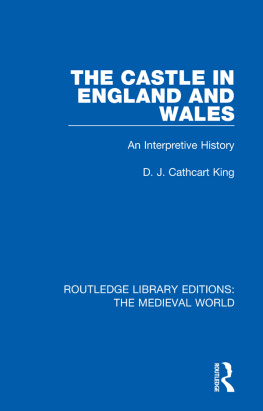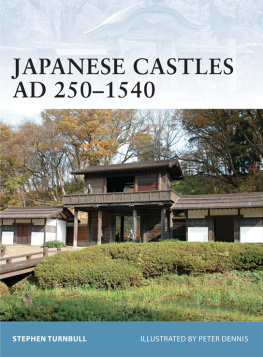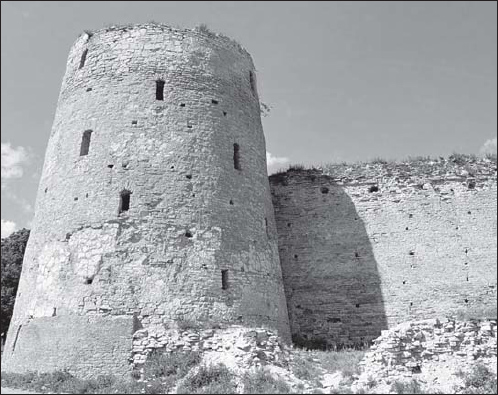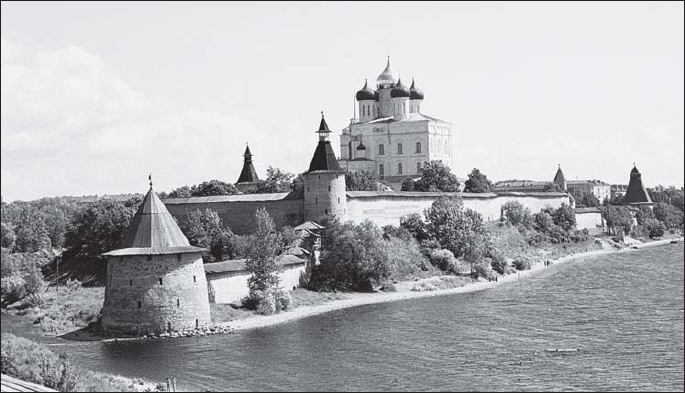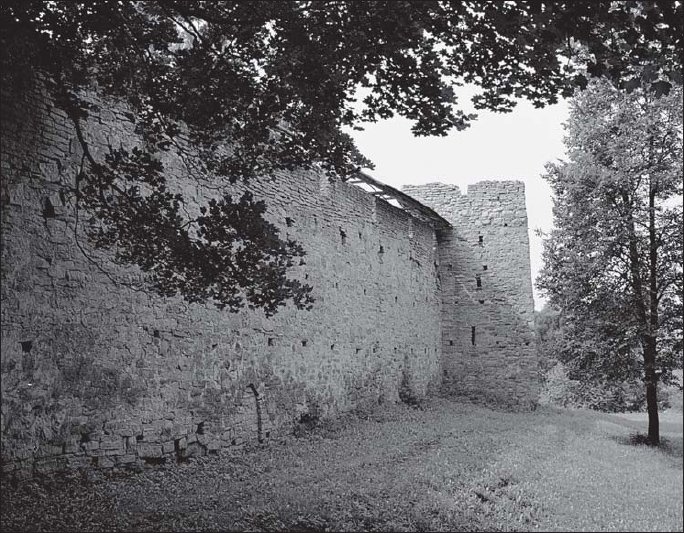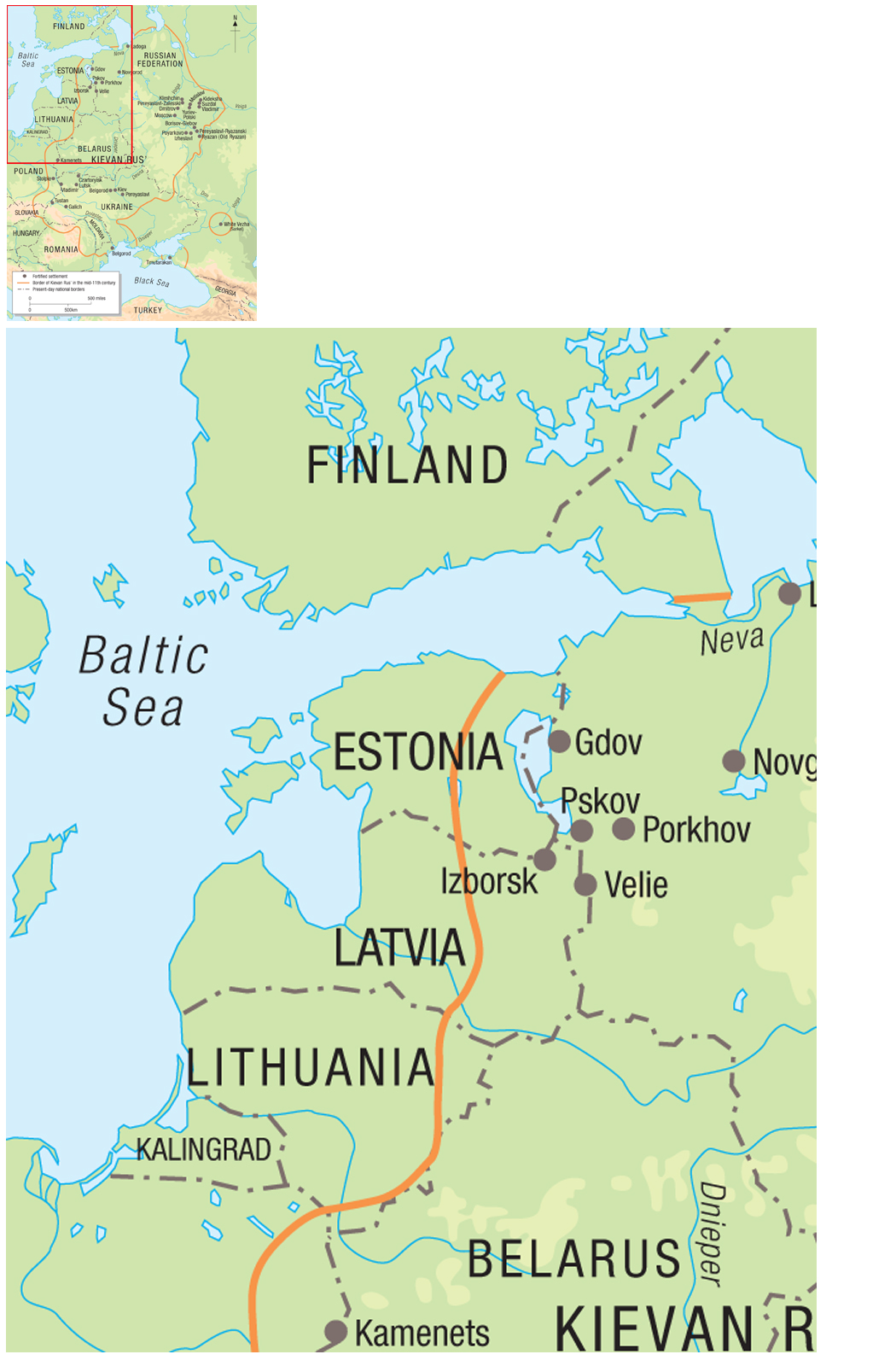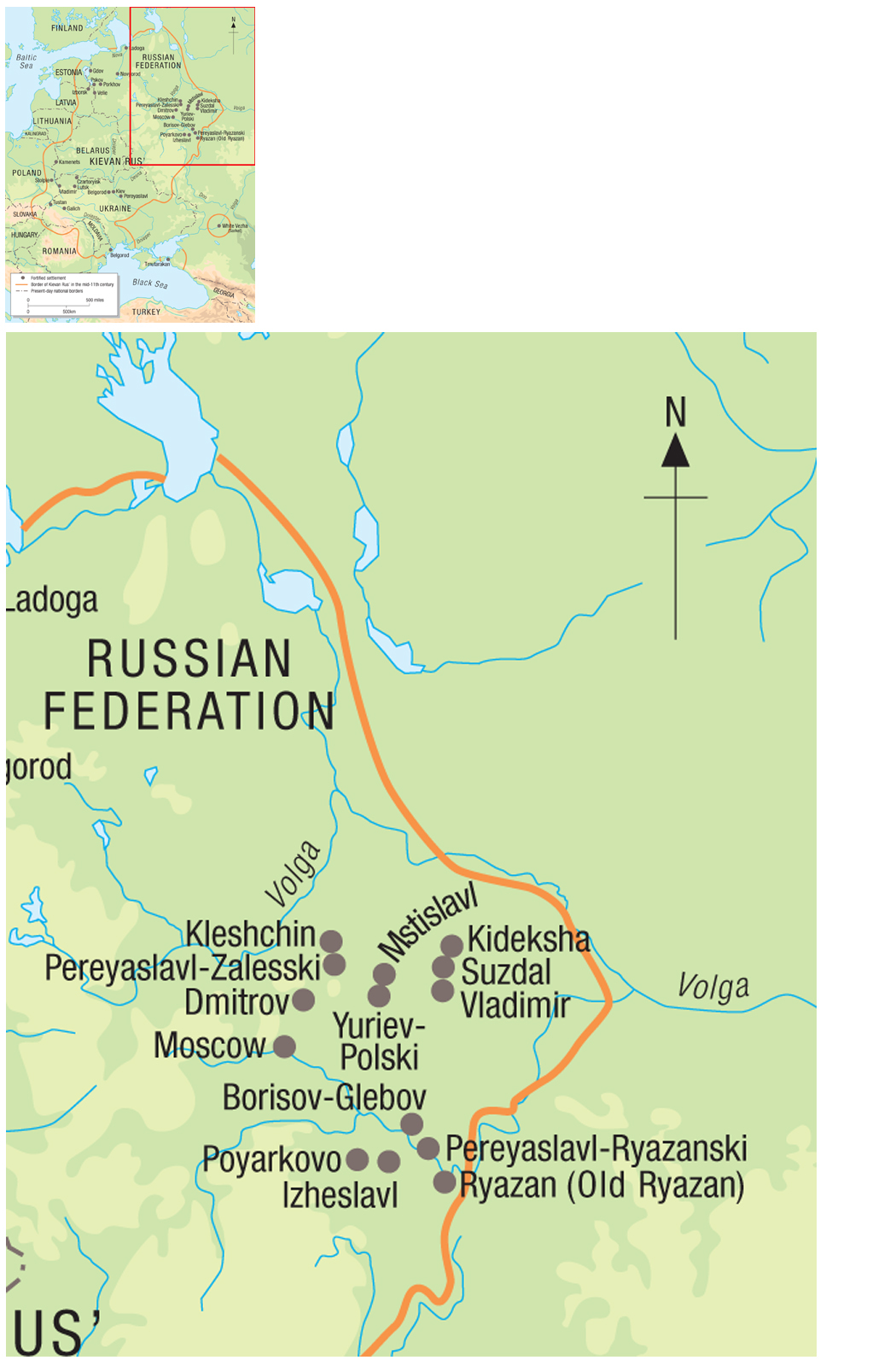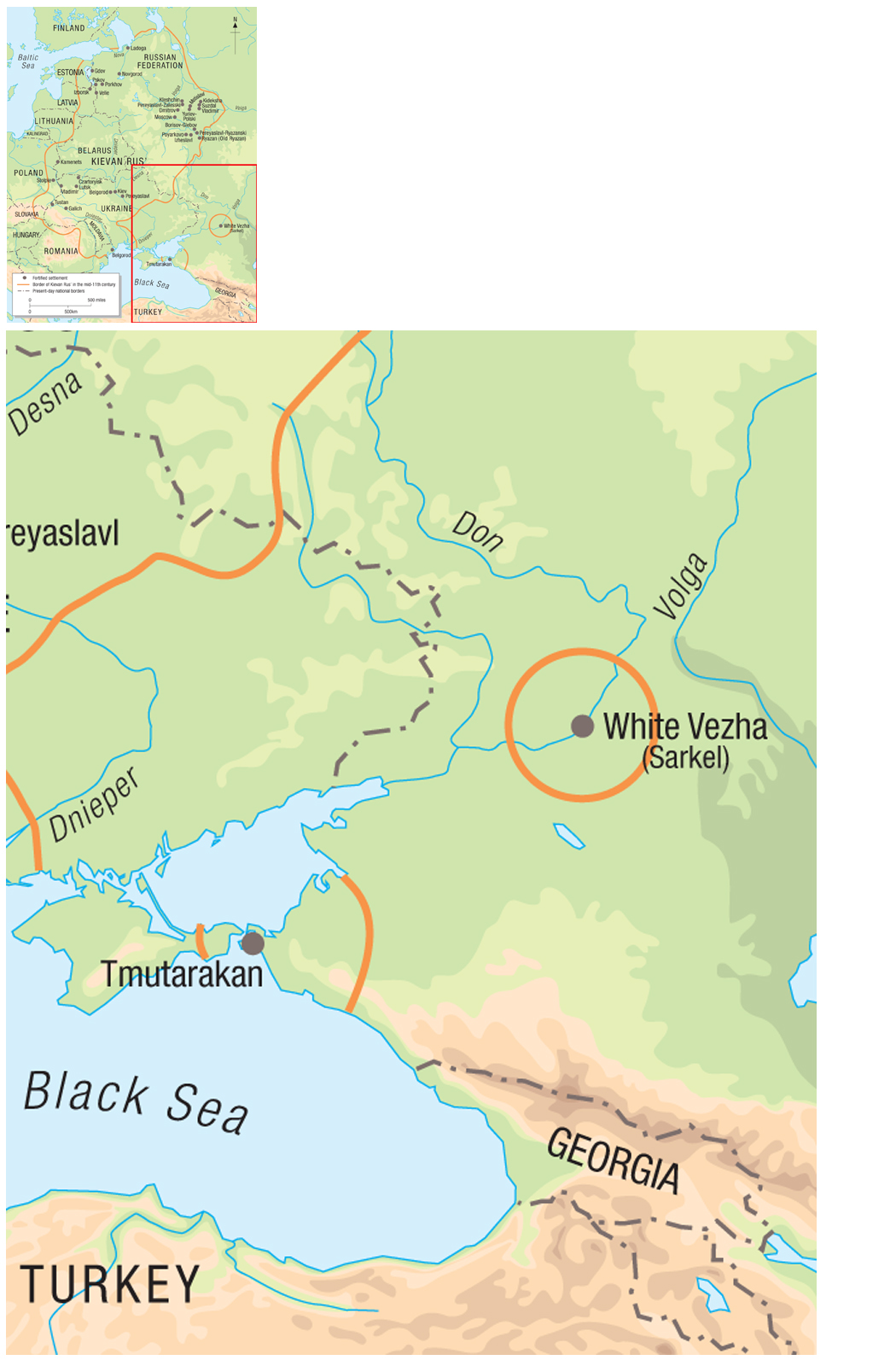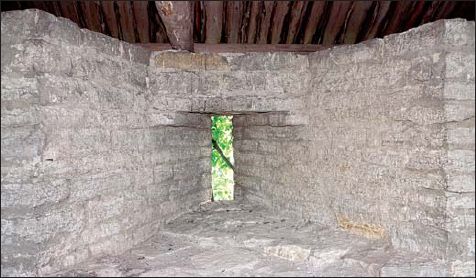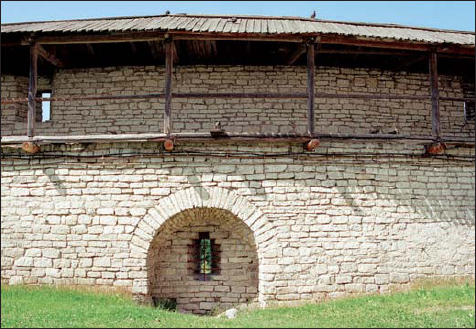Fortress 61
Medieval Russian Fortresses AD 8621480
Konstantin S Nossov Illustrated by Peter Dennis
Series editors Marcus Cowper and Nikolai Bogdanovic
Contents
Introduction
According to the historical annals, in the year AD 862 Slav tribes called upon Varangian princes to come and rule over them. Three Varangian princes (whose names were Rurik, Sineus, and Truvor) arrived in Rus, bringing their troops along with them. Rurik settled in Novgorod, Sineus in Beloozero, and Truvor chose Izborsk (hence the name of the first fortified settlement in Izborsk Truvors gorodishche). The date indicated in the chronicle has, however, been recently called into question and the above developments are believed to have occurred somewhat earlier.
After the death of these princes, Prince Oleg, the guardian of Ruriks son Igor, seized Kiev and made it his capital, thus uniting the north Russian (Novgorodian) and south Russian (Kievan) lands. This event, which marked the birth of an early feudal state known as Kievan Rus, took place in 882. Prince Oleg and his successors carried out the policy of subjugation and the bringing together of various tribes; they launched several campaigns against Constantinople as well. This contact with the fortifications of Constantinople, which were among the strongest at the time, did not, however, have any visible impact on the evolution of Russian fortifications. As a result of the policy of expansion the territory of Kievan Rus was considerably enlarged: in the 10th century it extended as far as the steppes off the banks of the Dnieper to the south of Kiev, and the Gulf of Finland and Lake Ladoga to the north.
The 11th century saw the beginning of feudal relationships in Rus, which were further consolidated towards the end of the century. Kievan Rus as a political entity gradually disintegrated, breaking down into separate minor principalities. By the 13th century feudal disintegration had reached its apogee. The lack of unity between the princes made Rus fair game for Mongol invaders, who captured most of its territory including Kiev. Most Russian principalities found themselves as tributaries to the Golden Horde.
The Pskov krom (citadel) viewed across the River Pskova where the latter flows into the River Velikaya. The krom sits on the promontory at the confluence of the two rivers.
A wall and the Malaya Tower of Porkhov fortress. The wall is topped with broad, rectangular merlons but lacks loopholes. The space beneath the wall was commanded through the loopholes of the tower. The square apertures are put-log holes, which supported duckboards during the construction of the fortress.
The territory of the feudal principalities of that time can be divided into four large regions: south Rus (the lands in the area of the mid-section of the River Dnieper); west Rus (the Galich and Volhynia principalities); north-west Rus (the Novgorod and Pskov lands); and north-east Rus (the principalities of Vladimir and Suzdal). The territories of south Rus and north-east Rus were devastated by the Mongols, and the building of fortifications would cease for several centuries to come. The principalities of west and north-west Rus fared better, and it is here that we can perceive the main tendencies in the further evolution of fortifications in Rus.
The Mongol armies used advanced siege weapons and standard siege methods learnt in the course of their wars in Central Asia and China. It was in this way that the Russians became acquainted with Eastern siege warfare. At the same time both the fortifications and siege weapons of the north-western part of Rus evolved, in the midst of frequent armed conflicts with German, Swedish, and Lithuanian armies throughout the 13th and 14th centuries. It was here that the Russians became acquainted with European methods of siege warfare.
The beginning of the 14th century saw the rise and growth of the Moscow principality, at the expense of nearby principalities. In 1328 Prince Ivan Kalita of Moscow obtained dispensation from the Golden Horde attesting his right to rule as the Great Prince. The Moscow principality now formed the political centre of all the Russian principalities a status previously enjoyed by Vladimir. From that time on, the title of Great Prince was held by Moscow princes only.
The borders of Kievan Rus, and the locations of the fortified settlements mentioned in this book.
In the second half of the 14th century the reinforced Moscow principality was powerful enough to be able to offer armed resistance to the Golden Horde. However, it would take a hundred years for the country to be freed from the Mongol yoke. The process was only brought to conclusion in 1480 when Great Prince Ivan III (14621505) proclaimed himself Tzar and trampled down the Khans charter. In the battle that followed in 1480, the two armies stood facing each other across the River Ugra for a long time, neither daring to attack the other, before the Mongol army finally retired. The result was the emergence of an independent Russian state, whose history has been dealt with in Fortress 39: Russian Fortresses 14801682.
Chronology
| AD 862 | Slav tribes call upon Varangian (Scandinavian) princes to come and rule over them. The event is mentioned in the annals of this year, however it may have happened a little earlier. |
| 882912 | Prince Oleg rules in Kiev. |
| 907 | Russian armies led by Oleg march on Constantinople. |
| 91245 | Prince Igor rules in Kiev. |
| 915 | Pechenegs make their first raid on Rus. |
| 94144 | Prince Igor conducts campaigns against the Byzantines. |
| 95772 | Prince Svyatoslav rules Rus. |
| 968 | The siege of Kiev by Pechenegs. Besieged on all sides, the inhabitants are close to starvation when Prince Svyatoslav and his army come to the rescue. |
Interior view of a wall and a loophole of the boevoy hod (wall-walk) in the Pskov krom. Pskovs defensive walls lack merlons and crenellations. The parapet is solid and fire was only effected through loopholes.





